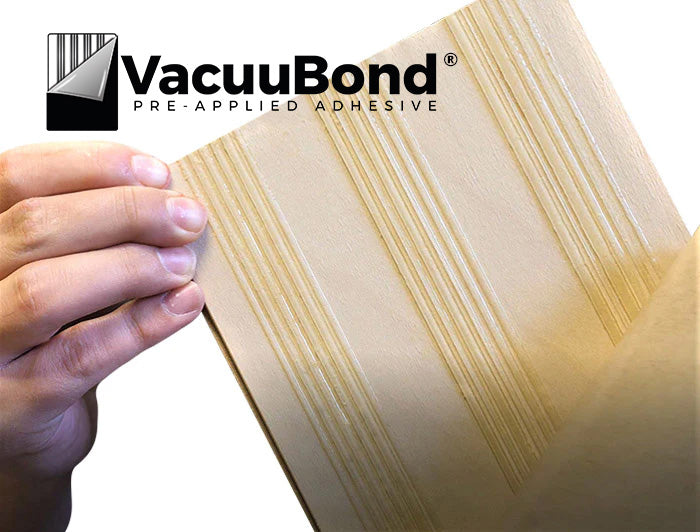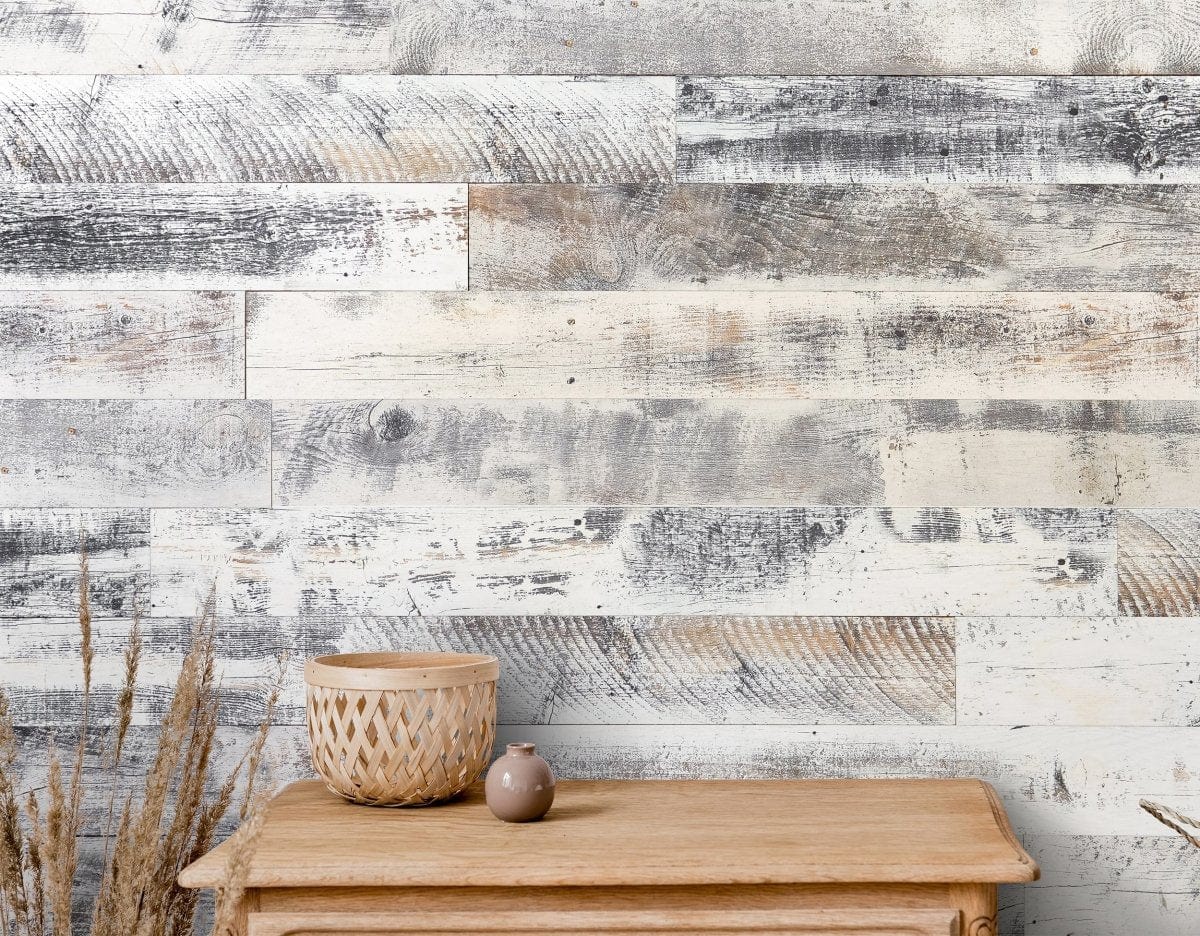Your Cart is Empty
Get your first 3 samples FREE! Use code: 3FREESAMPLES at checkout!
Get your first 3 samples FREE! Use code: 3FREESAMPLES at checkout!
Shop Products
What's Trending
Resources
Wallplanks® Blogs
The Best Top Coat Wood Finish
Pre-Applied Adhesive
Wallplanks® Blogs

View Blogs >
The Best Top Coat Wood Finish

Read More >
Pre-Applied Adhesive

Read More >
Shiplap vs. Drywall: What Is the Best Option for Your Home?
December 29, 2023 4 min read

When it comes to interior wall finishes, two popular options that homeowners often debate are shiplap and drywall. Both have their own unique characteristics and benefits, but how do you decide which is the best option for your home? In this blog post, we will compare shiplap and drywall, discussing their pros and cons, to help you make an informed decision for your next home improvement project.
Shiplap: The Timeless Charm
Shiplap, often associated with rustic and coastal designs, has recently gained immense popularity. Historically used as a practical, weatherproof exterior siding, shiplap has become a stylish and versatile wall treatment indoors. Shiplap consists of long, horizontally installed wooden boards with slightly overlapping edges, creating a distinctive groove between each plank.
One of the biggest advantages of shiplap is its aesthetic appeal. It adds natural warmth and texture to any space, instantly creating a cozy and inviting atmosphere. Shiplap can also help create a focal point or an accent wall, adding character and visual interest to a room. Whether you prefer a traditional or modern design, shiplap can be painted or stained in various colors to match your style.
In addition to its visual charm, shiplap is also known for its durability. Made from solid wood, it is sturdy and can withstand wear and tear. However, it is worth noting that wood is susceptible to expansion and contraction due to moisture and changes in temperature, so proper installation techniques and maintenance are essential to prevent gaps or warping.
While shiplap is undoubtedly a coveted interior finish, it may not be suitable for every room. Its grooved surface can collect dust over time, making it slightly more challenging to clean and maintain compared to smooth surfaces like drywall. Furthermore, the installation process for shiplap can be more time-consuming and labor-intensive, involving careful measuring, cutting, and nailing of each individual plank.
Drywall: The Versatile Standard
Drywall, also known as gypsum board or plasterboard, is the most common wall finish found in modern homes. It consists of a core made of gypsum, a mineral commonly found in nature, sandwiched between two layers of paper. Drywall is usually installed in large panels, making the installation process faster and more efficient than shiplap.
One of the primary advantages of drywall is its versatility. It provides a smooth and seamless finish perfect for painting, wallpapering, or applying any other decorative treatment you choose. Unlike shiplap, drywall offers a blank canvas that can adapt to various design styles, from minimalistic to contemporary. The smooth surface of drywall also makes cleaning and maintenance a breeze.
Another benefit of drywall is its acoustical properties. Due to its composition, drywall is excellent at absorbing sound, reducing noise transmission between rooms. This can be especially advantageous for homeowners looking to create a quiet and peaceful environment. Additionally, drywall is fire-resistant, providing an added layer of safety to your home.
However, drywall does have its downsides. It lacks the unique character and warmth that shiplap brings to a room. If you are aiming for a rustic or coastal design, drywall may not be the best choice. Additionally, while drywall is durable, it is still more prone to damage than shiplap. Dents, cracks, and holes can occur, especially in high-traffic areas or if heavy objects are accidentally dropped.
Choosing the Best Option for Your Home
Now that we've explored the characteristics of both shiplap and drywall, the question remains: Which is the best option for your home? The answer ultimately depends on your personal preferences, style, and the specific needs of each room.
Shiplap might be the perfect choice if you desire a timeless, rustic, or coastal look and don't mind the extra maintenance. Its natural warmth and textured appearance can enhance the overall aesthetic of your home. On the other hand, if you prefer a versatile and low-maintenance option, drywall provides a clean canvas for any design style.
Finally, it's worth considering the overall impact of your choice on the resale value of your home. Shiplap is a trendy feature that can attract potential buyers, while drywall is a standard feature expected in most modern homes. Carefully weigh the pros and cons based on your priorities and long-term goals.
Shop Wallplanks for Your Wall Transformation
If you've decided that shiplap is the best option for your home, we invite you to explore the wide range of shiplap products offered by Wallplanks. With our commitment to quality and customer satisfaction, Wallplanks offers premium peel-and-stick shiplap made from real wood, eliminating the need for complicated installation processes and saving you time and money.
Visit our website to browse our stunning shiplap collections and find the perfect option for your home. With Wallplanks, you can transform your walls into works of art, adding timeless charm and character to your living space. Don't wait any longer—take the leap and give your home the upgrade it deserves!
The decision between shiplap and drywall ultimately depends on your personal preferences, style, and the specific needs of each room. Whether you choose the timeless charm of shiplap or the versatility of drywall, both options have their unique benefits. Consider the long-term impact, maintenance requirements, and overall aesthetic you want to achieve when making your decision. Whichever path you choose, Wallplanks is ready to assist you in creating a beautiful and inviting home.

